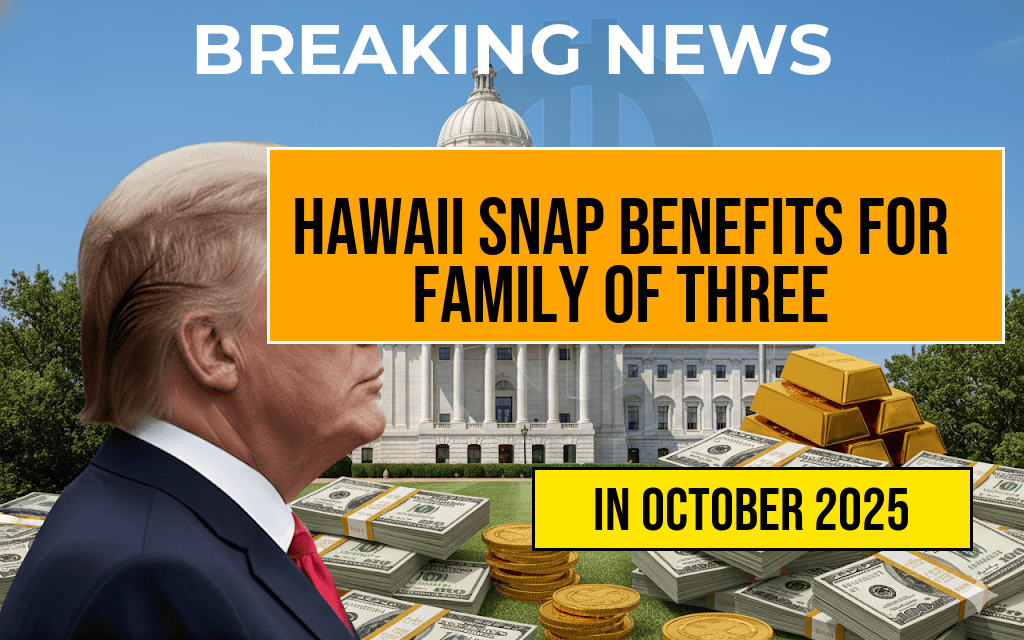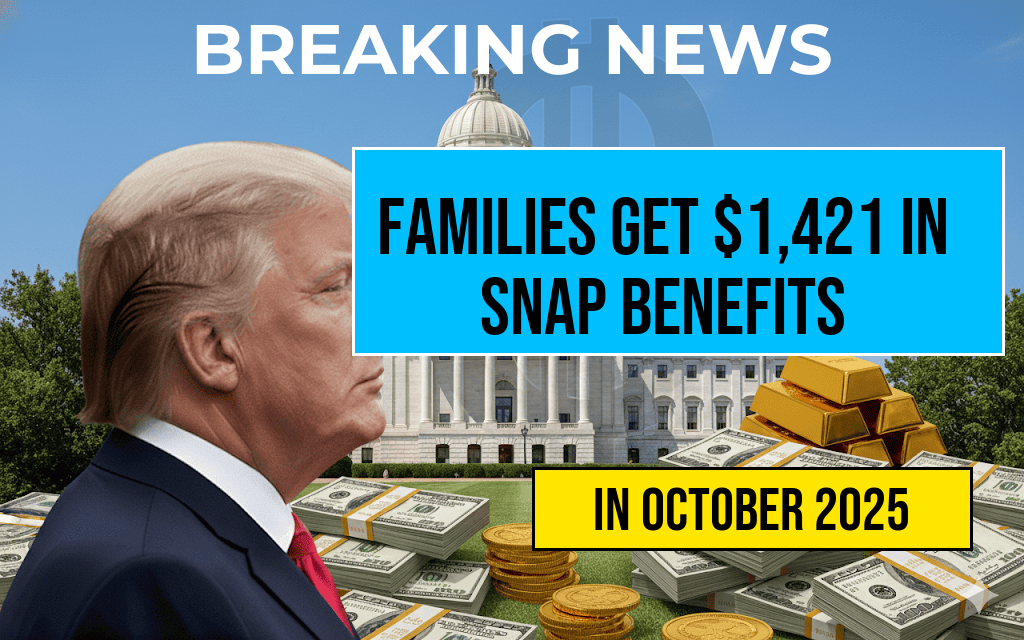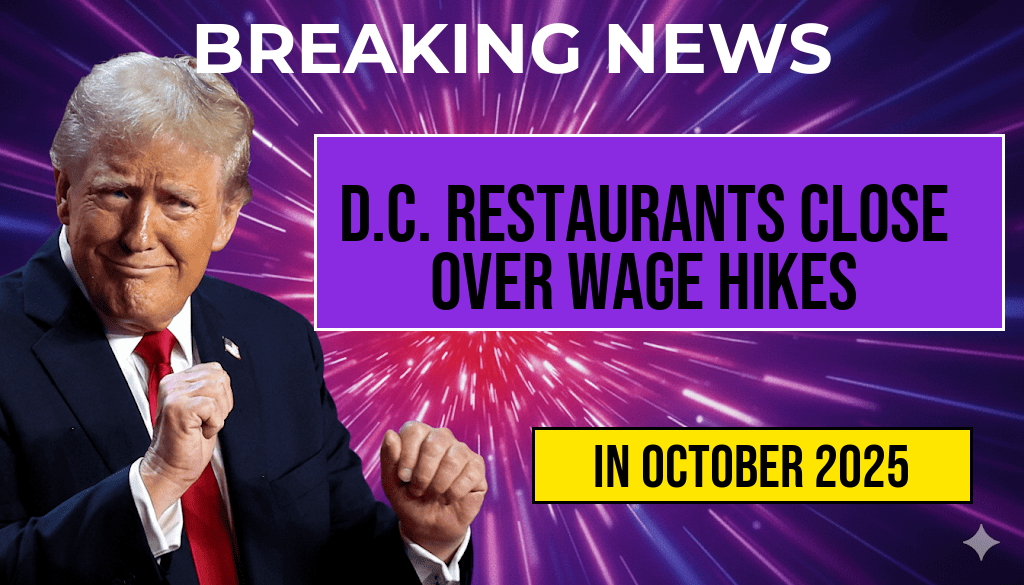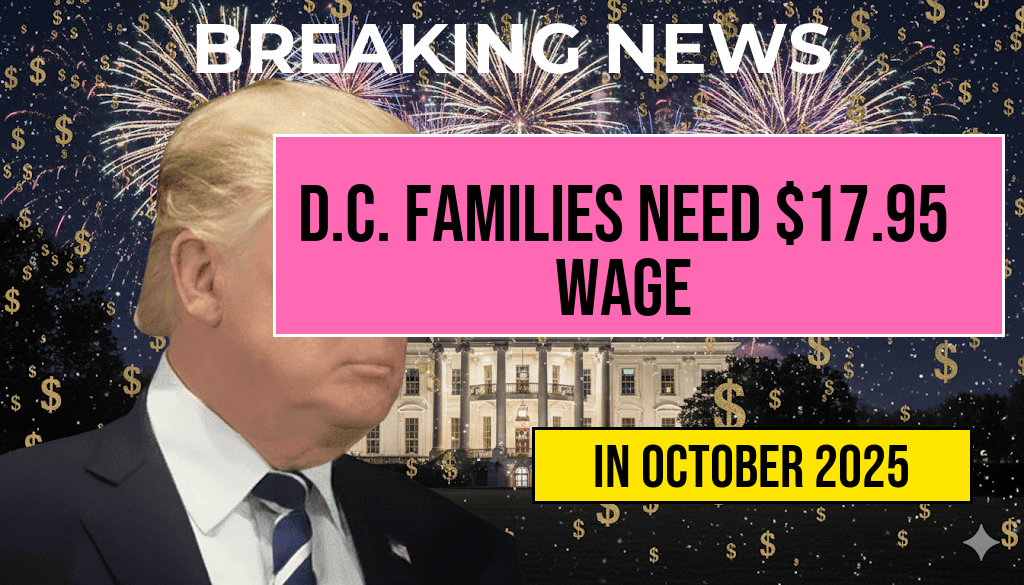Hawaii’s SNAP Benefits for a Family of Three Surpass Mainland Levels by $349
Families in Hawaii relying on the Supplemental Nutrition Assistance Program (SNAP) are receiving significantly higher benefits than their counterparts on the mainland, with a typical three-person household in Hawaii now qualifying for approximately $1,334 per month. This figure exceeds the average mainland benefit by about $349, reflecting the state’s higher living costs, especially in housing and transportation. Experts note that these adjusted benefits aim to better meet the unique needs of Hawaii’s residents but also raise questions about federal and state funding allocations amid ongoing debates over social safety net adequacy.
Understanding the Discrepancy in Benefits
The disparity in SNAP benefits between Hawaii and the mainland stems primarily from the cost-of-living differences. Hawaii consistently ranks among the most expensive states for essential expenses, including housing, groceries, and utilities. The U.S. Department of Agriculture (Wikipedia) provides context that these costs directly influence federal assistance calculations, which are adjusted annually for inflation and regional price differences.
While the federal base benefit for a three-person household averages around $740 nationwide, Hawaii’s higher costs prompt the state’s SNAP administrator to recommend higher allotments. As a result, the typical monthly benefit in Hawaii now stands at $1,334, according to recent reports from the Hawaii Department of Human Services (Hawaii DHS). This adjustment is part of ongoing efforts to ensure that aid keeps pace with local economic realities, though it also underscores the financial strain on both state and federal budgets.
Impacts on Families and the Economy
| Location | Average Monthly Benefit | Difference from Mainland |
|---|---|---|
| Hawaii | $1,334 | + $349 |
| Mainland (average) | $985 | – $349 |
The increased benefits in Hawaii are designed to support families facing higher grocery bills, which are often compounded by the state’s remote location and limited agricultural production. With housing costs soaring—Hawaii consistently ranks among the most expensive U.S. states—families often allocate a significant portion of their income toward basic needs. The extra SNAP support can make a tangible difference, helping prevent food insecurity among vulnerable households.
However, some critics argue that these higher benefits may contribute to ongoing debates over sustainable funding levels for social programs. Federal lawmakers are under pressure to balance aid adequacy with fiscal responsibility, especially as debates continue over the long-term costs of expanding assistance programs. According to the U.S. Department of Agriculture’s Food and Nutrition Service, SNAP spending has increased steadily over the past decade, reflecting both expanded eligibility and rising living costs.
Policy Adjustments and Future Outlook
Hawaii’s recent adjustment aligns with broader federal efforts to tailor assistance to regional economic realities. The USDA’s Thrifty Food Plan, which serves as the basis for SNAP benefit calculations, is reviewed annually to incorporate updated food prices and consumption patterns. The latest revision, enacted in 2021, incorporated new data that resulted in higher benefit levels for high-cost regions like Hawaii.
Officials emphasize that these adjustments aim to provide equitable support for families in diverse economic environments. “Our goal is to ensure that aid levels reflect actual living costs, especially in areas where basic needs are disproportionately high,” stated a spokesperson for Hawaii DHS. Still, some advocates call for more comprehensive measures, including affordable housing initiatives and job creation programs, to address the root causes of economic hardship.
Additional Resources and Support
- For families seeking assistance or more information: Visit the Hawaii Department of Human Services at dhs.hawaii.gov.
- To learn about federal SNAP policies: Review the USDA Food and Nutrition Service overview at fns.usda.gov/snap.
- For insights into regional cost-of-living differences: Explore the Wikipedia page on Cost of living in the United States.
The recognition of Hawaii’s unique economic landscape in SNAP benefit calculations underscores ongoing efforts to provide targeted support. As costs continue to evolve, policymakers face the challenge of maintaining robust assistance programs that both meet immediate needs and promote long-term economic stability.
Frequently Asked Questions
What are the current SNAP benefit amounts for a family of three in Hawaii?
The SNAP benefits for a family of three in Hawaii reach up to $1,334, which is $349 higher than the mainland levels.
Why are SNAP benefits higher in Hawaii compared to the mainland?
The increased SNAP benefits in Hawaii reflect the higher cost of living and food expenses in the state, ensuring families can meet their nutritional needs.
How does the cost of living in Hawaii impact SNAP benefit calculations?
The cost of living in Hawaii is a key factor in determining SNAP benefits, leading to higher allowances to help families afford groceries amid elevated prices.
Can families of different sizes in Hawaii expect similar benefit increases?
Yes, SNAP benefits are adjusted based on family size and income, so larger families generally receive proportionally higher benefits, with Hawaii rates reflecting local costs.
Where can families in Hawaii learn more about SNAP eligibility and application procedures?
Families can visit the Hawaii Department of Human Services website or contact local assistance offices to get detailed information on SNAP eligibility and how to apply.










